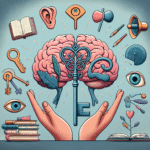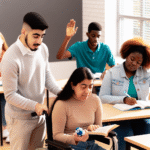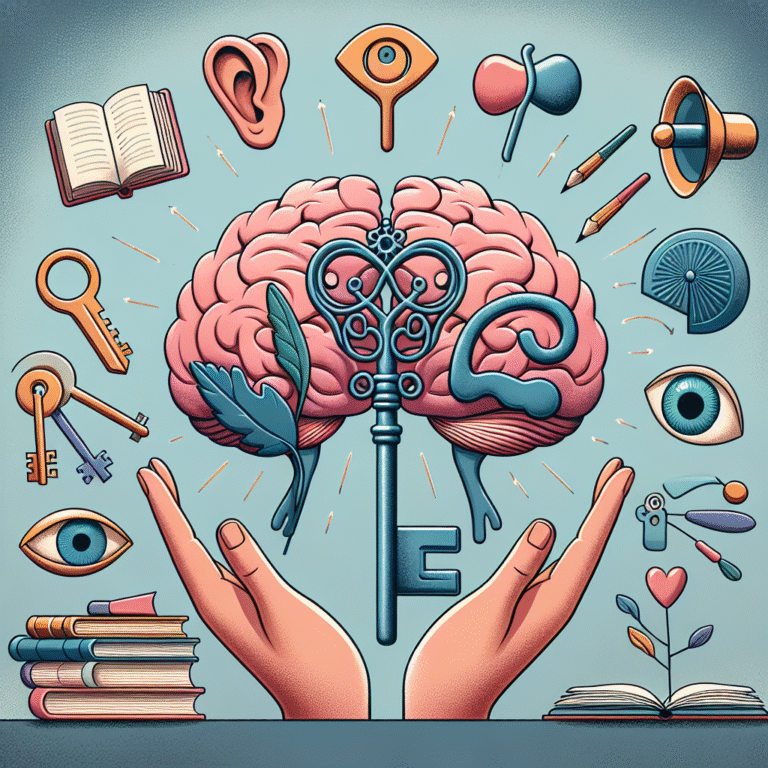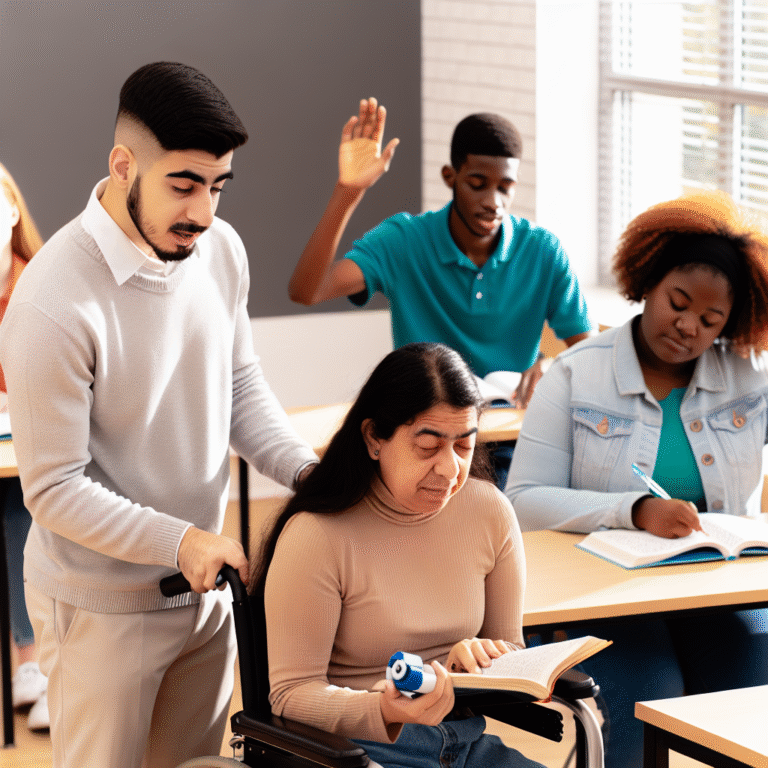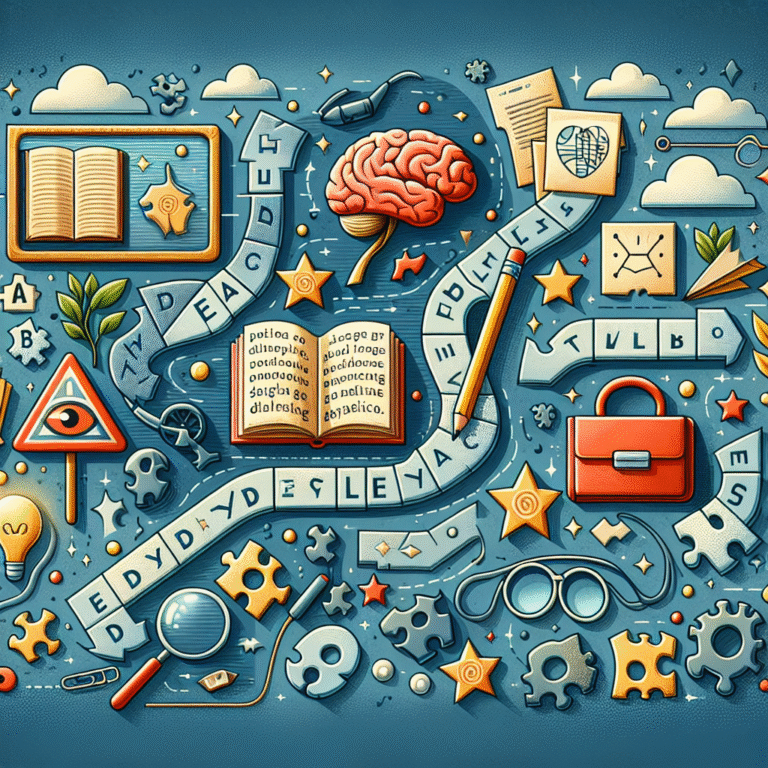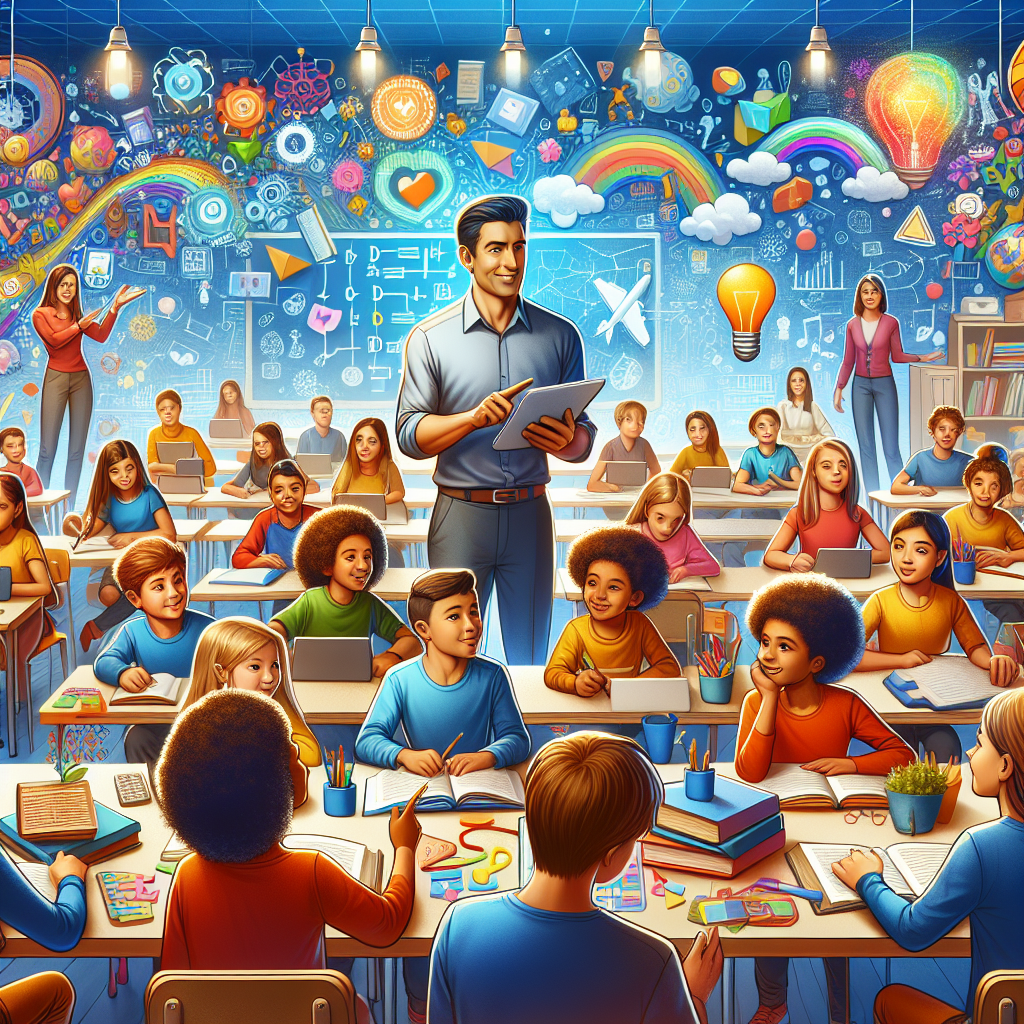
Navigating Learning Challenges: Effective Methods for Teaching Students with Learning Disabilities
Introduction
In today’s diverse educational landscape, understanding how to support students with learning disabilities is more crucial than ever. As educators, parents, and advocates, the responsibility falls on us to identify effective methods that enable every child to succeed academically. Navigating Learning Challenges: Effective Methods for Teaching Students with Learning Disabilities is not just a necessity—it’s an opportunity to transform lives. Our approach can be tailored and personalized, ensuring that every student receives the guidance they need. This article will explore actionable strategies and insightful techniques to create a supportive learning environment, backed by real-world examples and experts in the field.
Understanding Learning Disabilities
What Are Learning Disabilities?
Learning disabilities (LD) encompass a range of disorders that affect the ability to process information. They can impact reading, writing, math, and other cognitive tasks. According to the National Center for Learning Disabilities, about 1 in 5 children has a learning disability. Understanding the nuances of these challenges is the first step in navigating learning challenges with effective methods.
Types of Learning Disabilities
- Dyslexia: Difficulties with reading or interpreting words, letters, and other symbols.
- Dysgraphia: Struggles with writing and fine motor skills.
- Dyscalculia: Challenges with numbers and mathematics.
- Auditory Processing Disorder: Difficulty in processing auditory information.
By familiarizing ourselves with these conditions, we enhance our ability to implement personalized strategies.
Effective Strategies for Teaching Students with Learning Disabilities
Embrace Multisensory Learning
One vital strategy in navigating learning challenges is the implementation of multisensory learning techniques. This method engages multiple senses—sight, sound, touch—to improve learning outcomes.
Case Study: The Orton-Gillingham Approach
The Orton-Gillingham method has proven effective for students with dyslexia. By combining visual, auditory, and kinesthetic elements, students not only understand but also retain information more effectively.
Analysis: This approach illustrates that when students engage with material through varied sensory channels, they can overcome significant learning barriers.
Create Structured Environments
Students with learning disabilities benefit immensely from structured environments. A consistent routine helps them feel secure and enhances concentration.
Strategies to Implement Structure
- Visual Schedules: Use charts or boards to outline daily activities.
- Consistent Routines: Maintain regular timings for classes and breaks.
Implement Technology Tools
Incorporating technology into the classroom can make learning more engaging and interactive. There are numerous tools available that cater specifically to different learning disabilities.
Useful Software and Apps:
- Read&Write: A tool for students with reading difficulties, offering text-to-speech and other features.
- ModMath: An app designed to assist students with dyscalculia in completing math assignments.
Analysis: Technology not only supports a tailored learning experience but can also foster independence in students.
Foster a Supportive Classroom Culture
A positive classroom culture encourages collaboration and communication among students. Peer support can be a tremendous asset for those with learning challenges.
Techniques to Enhance Classroom Culture:
- Peer Tutoring: Pair students with learning disabilities with peers for additional support.
- Group Projects: Promote teamwork, enabling students to contribute their strengths.
Provide Individualized Instruction
Individualized education plans (IEPs) are essential for students with learning disabilities. Customizing instructional methods based on individual needs can significantly impact outcomes.
Key IEP Elements:
- Goals and Objectives: Clearly define what the student should achieve.
- Assessments: Use various assessment methods to gauge progress.
Analysis: Having a tailored plan aligns teaching methods with the student’s unique learning profile.
Visualization of Strategies
| Strategy | Description | Benefits |
|---|---|---|
| Multisensory Learning | Engage multiple senses in lessons | Improved retention and understanding |
| Structured Environments | Establish predictable routines | Reduced anxiety and enhanced focus |
| Technology Integration | Use specific apps/software | Increased engagement and independence |
| Supportive Classroom Culture | Foster peer support and collaboration | Stronger social skills and increased confidence |
| Individualized Instruction | Create IEPs tailored to individual needs | Targeted academic growth |
Conclusion
Navigating Learning Challenges: Effective Methods for Teaching Students with Learning Disabilities opens up a world of opportunities. By understanding the intricacies of learning disabilities and implementing well-researched strategies, we can change the narrative for students facing these challenges. Knowledge is power, and as educators, we wield the power to transform lives through tailored educational practices.
As we reflect on the journey of teaching students with learning disabilities, let us pledge to keep exploring innovative methods, remain adaptable, and maintain an unwavering commitment to our students’ growth.
FAQs
1. What are the signs of a learning disability?
Signs can include difficulties in reading, writing, math, social skills, and other areas as compared to peers, often along with behavioral issues stemming from frustration.
2. How can parents support children with learning disabilities at home?
Parents can create a structured home environment, engage in open communication about school, and utilize educational resources to reinforce learning.
3. What role does an IEP play in supporting students with learning disabilities?
An IEP outlines specific educational needs, goals, and customized teaching methods for students, ensuring that their unique challenges are addressed.
4. Are there specific pedagogical approaches that cater to all types of learning disabilities?
While certain methods may be universally beneficial, approaches like differentiated instruction and multisensory learning can be effectively adapted to different learning challenges.
5. How can teachers assess students with learning disabilities?
Teachers can employ formative assessments, observations, and tailored quizzes to accurately gauge understanding and progress while avoiding disproportionate pressure.
6. What are the first steps a teacher should take for a student who might have a learning disability?
Initial steps include careful observation, documenting behaviors and struggles, and initiating a conversation with parents for further evaluation by a specialist.
In our mission of navigating learning challenges, every strategy we adopt can be a stepping stone toward unlocking potential. Let’s strive to create classrooms where every student, regardless of their learning disability, feels valued and empowered to succeed!
